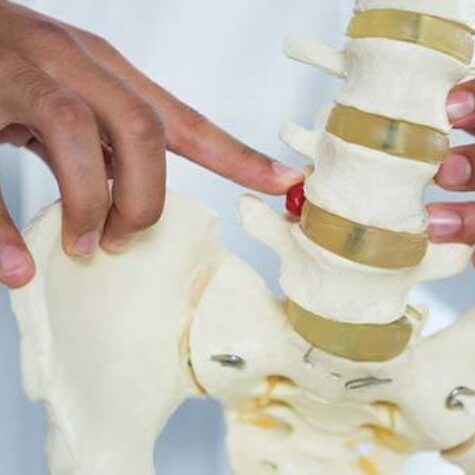What is spinal decompression surgery?
Sometimes, due to various factors, the spaces between the spine narrow, which can cause chronic pain, discomfort, or muscle weakness in the back. Spinal decompression can open up those spaces and relieve painful symptoms.Decompression can be performed anywhere along the spine from the neck, called cervical decompression, to the lower back, called lumbar decompression. The surgery is performed through an incision in the back. The surgeon will remove any obstructions in order to open up the spaces in the neck or spine to relieve symptoms.
This minimally invasive procedure is used to remove overgrown vertebral bone and soft tissue to relieve the compression of nerve roots in the lumbar spine. It is performed through a small incision on the back.
Some symptoms that candidates for spinal decompression experience are:
- Pain
- Numbness in the neck, back, or legs
- Tingling
- Weakness in the legs
- Unsteadiness
There a few different techniques surgeons can use for this procedure. If you would like to know the specifics of how the surgery will be performed, speak with your physician beforehand.
After surgery
Post-surgery, you can expect to be in the hospital for a few days. Your physician will prescribe pain medication to combat any post-surgery discomfort. It’s also a good idea to ice your incision 3-4 times per day for 15-20 minutes to reduce pain and swelling. After you’ve been discharged, you will probably be prescribed physical therapy to help in your recovery. As far as restrictions, those should be addressed with your doctor.
Usually, physicians advise that you avoid bending, lifting, or twisting your back for the two weeks immediately following surgery. Another suggestion is not lifting anything heavier than two pounds or doing any strenuous activities until cleared with your doctor. You may need help with daily activities such as dressing and bathing for the first few weeks after surgery. Fatigue is also common. Surgery is a significant procedure, so it’s important to follow aftercare instructions and restrictions for the body to heal correctly.
Nonsurgical therapies
There are nonsurgical treatments that can help alleviate symptoms. Physical therapies, medications, and other options may be available to you. There is also a nonsurgical spinal decompression therapy, which involves motorized traction of the back muscles. Any of these remedies may be an option for you. Make sure that you speak with your physician about any therapies you think may be helpful.
If you want to learn more about Lumbar Decompression or would like to schedule a consultation, request an appointment with one of our expert physicians at NewSouth NeuroSpine today.

